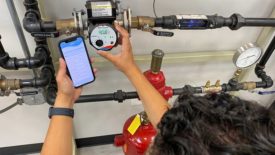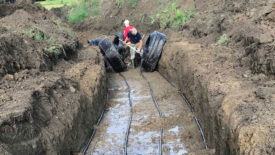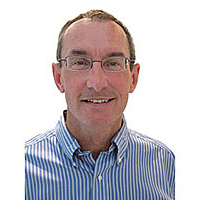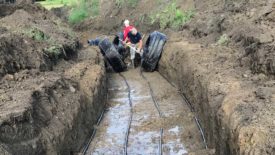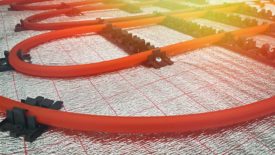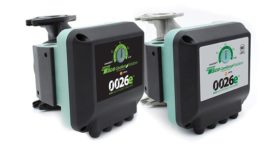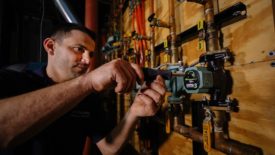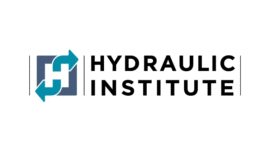Home » Keywords: » circulators
Items Tagged with 'circulators'
ARTICLES
Advanced technology position pumps as versatile, energy-saving solution.
Read More
Renewable Heating Design | John Siegenthaler
Concepts for varying flow rate in geothermal earth loops — Part 2
Max COP Tracking
November 30, 2023
Renewable Heating Design | John Siegenthaler
Concepts for varying flow rate in geothermal earth loops
Max COP Tracking — Part 1
November 2, 2023
Renewable Heating Design | John Siegenthaler
Products that would be welcome additions to the North American hydronics market
Five propositions
September 29, 2023
What’s yer circulation strategy?
The beautiful, sensible logic of hydronics.
December 15, 2022
Heating Help
Dan Holohan: Adventures in pumping
The evolution of pumps, circulators and radiant heat.
February 9, 2022
Keep the info flowing with our eNewsletters!
Get the latest industry updates tailored your way.
JOIN TODAY!Copyright ©2024. All Rights Reserved BNP Media.
Design, CMS, Hosting & Web Development :: ePublishing
